Large and small arms

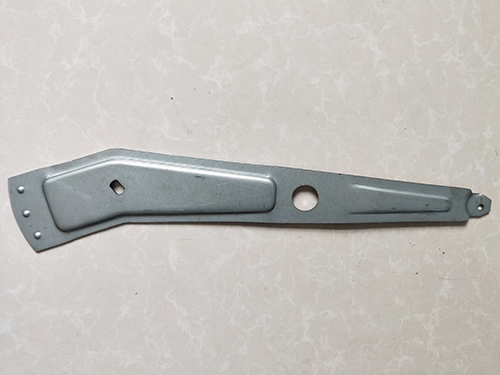
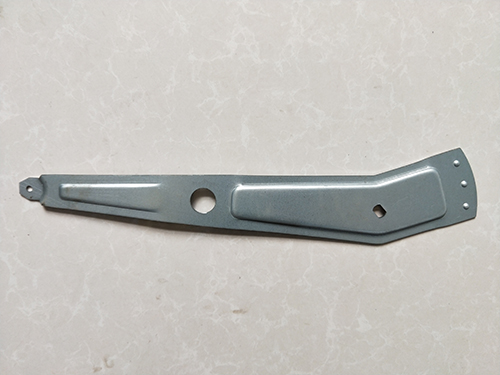
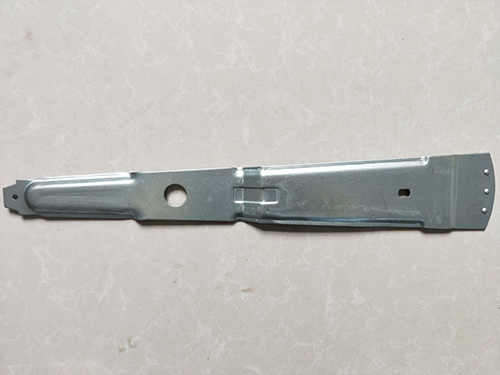
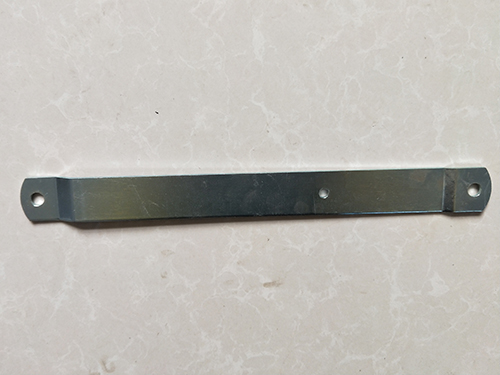

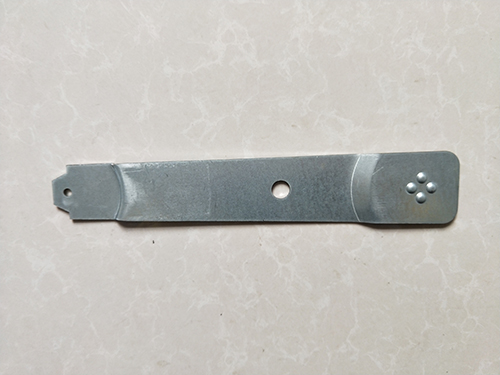
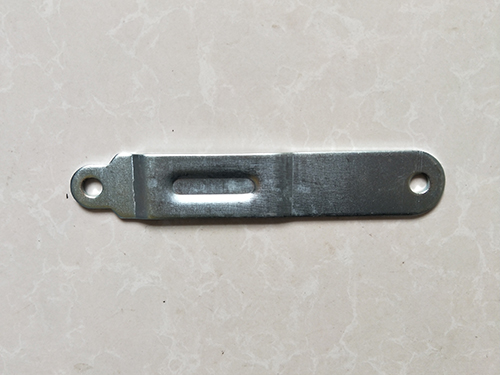
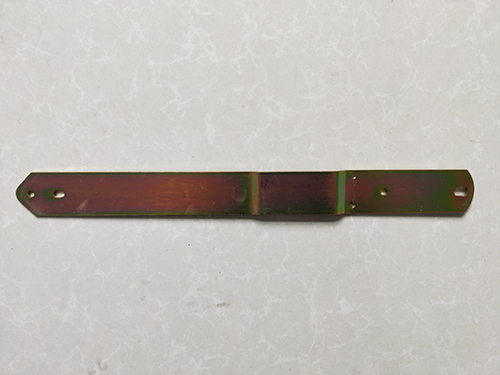

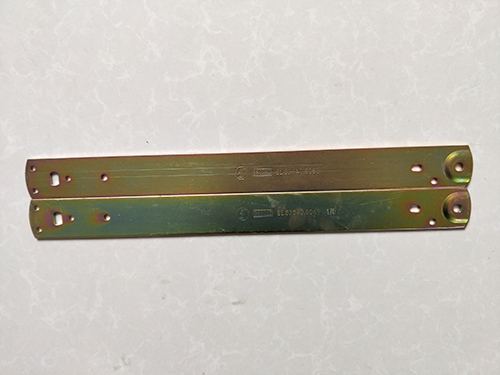
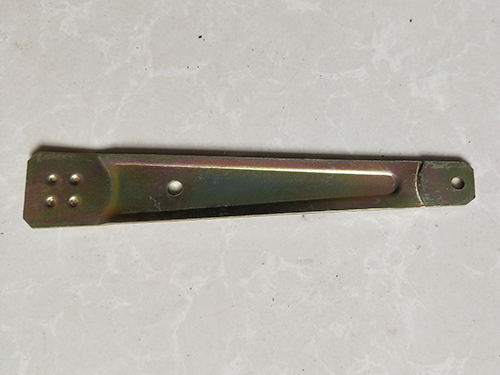
The large and small arms produced by our company belong to stamped parts, and the classification of stamping processes is:
Stamping technology can be roughly divided into two categories: separation process and forming process (further divided into bending, deep drawing, and forming). The separation process is to separate the stamped part from the blank along the contour line during the stamping process, and the quality of the separated section of the stamped part must also meet the requirements; The forming process is to cause plastic deformation of the stamping blank without damage, and transform it into the required finished shape, while also meeting the requirements of dimensional tolerances and other aspects. According to the temperature during stamping, there are two methods: cold stamping and hot stamping. This depends on the strength, plasticity, thickness, degree of deformation, and equipment capacity of the material, while also considering the original heat treatment state and end use conditions of the material.
1. Cold stamping metal processing at room temperature is generally suitable for billets with a thickness less than 4mm. The advantages are no need for heating, no oxidation skin, good surface quality, easy operation, and low cost. The disadvantage is that there is work hardening phenomenon, which can cause the metal to lose further deformation ability in severe cases. Cold stamping requires the thickness of the blank to be uniform and have a small fluctuation range, with a smooth and scratch free surface.
2. Hot stamping is a stamping process that heats metal to a temperature range. The advantages are that it can withstand internal stress, avoid work hardening, increase material plasticity, reduce deformation resistance, and reduce equipment power consumption.
Stamping parts are mainly formed by stamping metal or non-metal sheet metal with the help of pressure from a press machine through a stamping die. They mainly have the following characteristics:
Stamped parts are manufactured through stamping with minimal material consumption. They are lightweight, have good rigidity, and after plastic deformation of the sheet metal, the internal structure of the metal improves the strength of the stamped parts.
During the stamping process, stamped parts have good surface quality and a smooth and beautiful appearance because the surface of the material is not damaged. This provides convenient conditions for surface painting, electroplating, phosphating, and other surface treatments.
Stamping parts have high dimensional accuracy, uniform and consistent dimensions with the same module, and good interchangeability. It can meet general assembly and usage requirements without further mechanical processing.
Glass lifter stamping parts series
Light Truck Blocker Series
New Energy Sheet Metal Parts Series
New energy vehicle parking bracket series
Dust collector series
 Analysis and Application of Stamping Parts and Precautions for Mold Forging
Analysis and Application of Stamping Parts and Precautions for Mold ForgingTo deal with problems caused by materials, manufacturing personnel can choose appropriate p...
 Key points of mold and tooling management for metal stamping equipment and mold
Key points of mold and tooling management for metal stamping equipment and moldRegular maintenance is implemented for tooling molds, and a mandatory pre repair system is ...
 Factors affecting the management of production materials and defects in stamping
Factors affecting the management of production materials and defects in stampingStrengthen the control and supervision of incoming stamping parts. For the stamping worksho...
 Modernization process upgrade and quality process monitoring management of metal
Modernization process upgrade and quality process monitoring management of metalThe manufacturing process level of chassis stamping parts in automobile production not only...
 Quality improvement measures and reasonable selection of equipment for metal sta
Quality improvement measures and reasonable selection of equipment for metal staStamping technology can be divided into two categories: separation process and forming proc...


